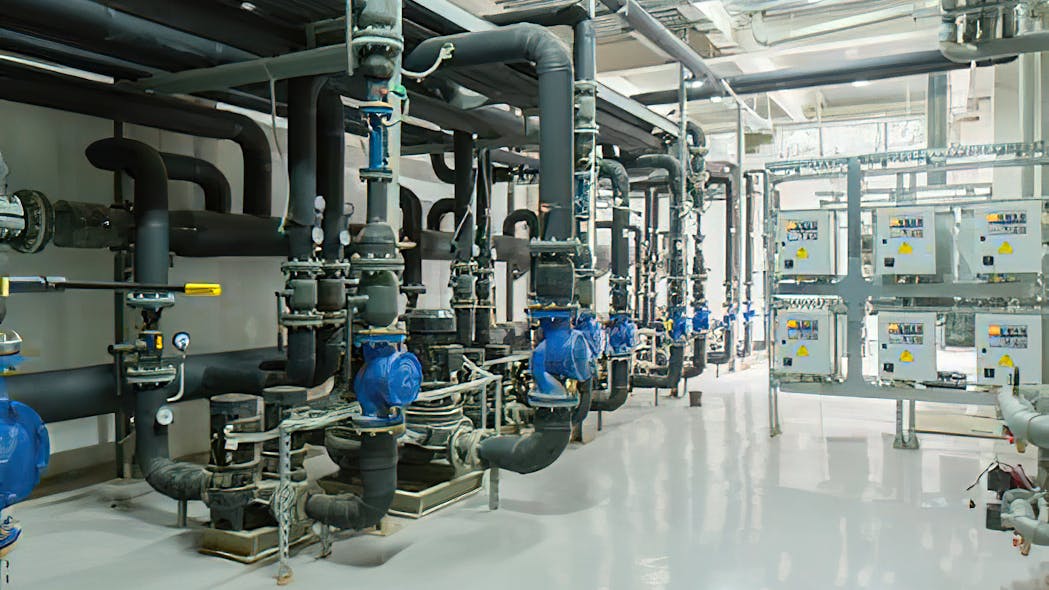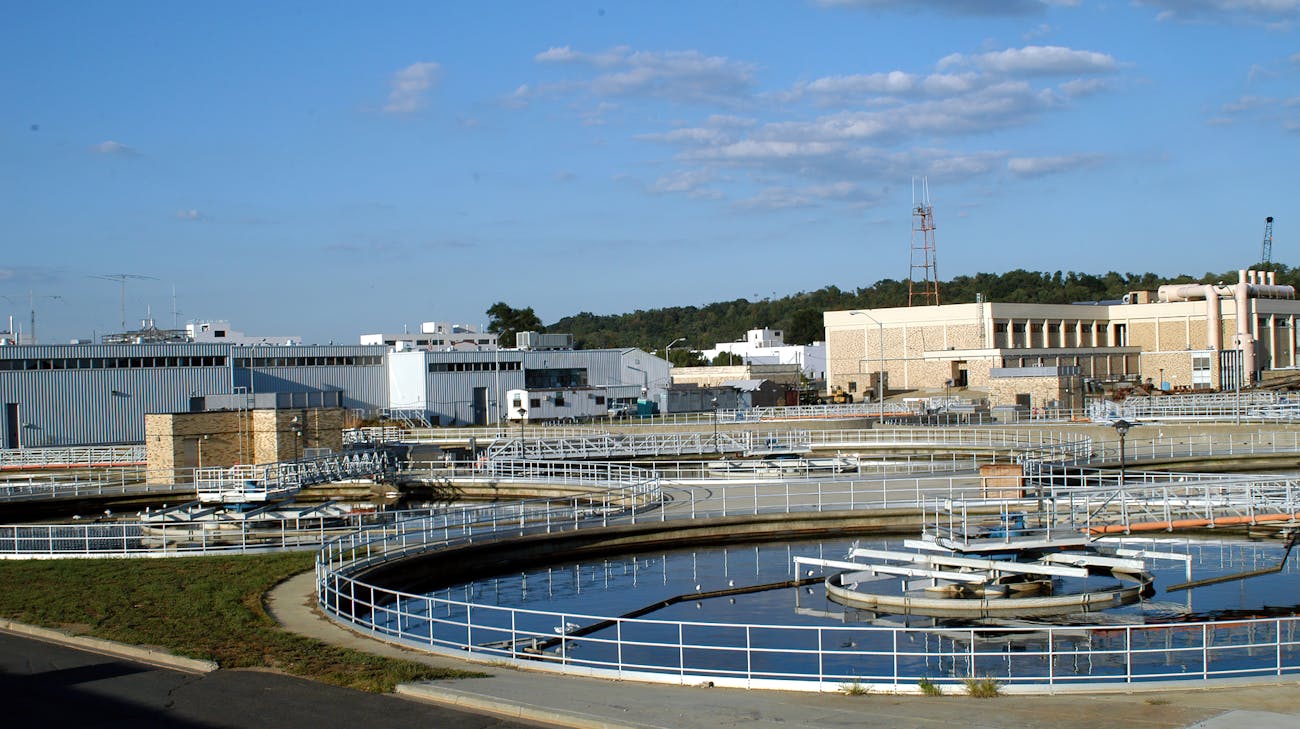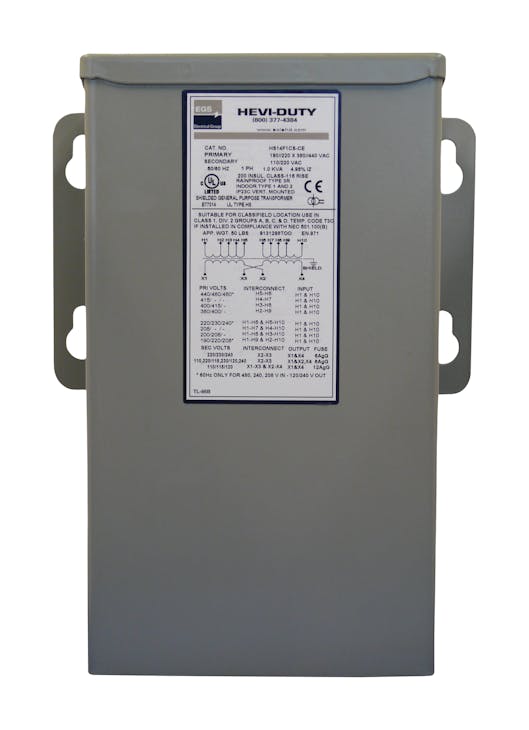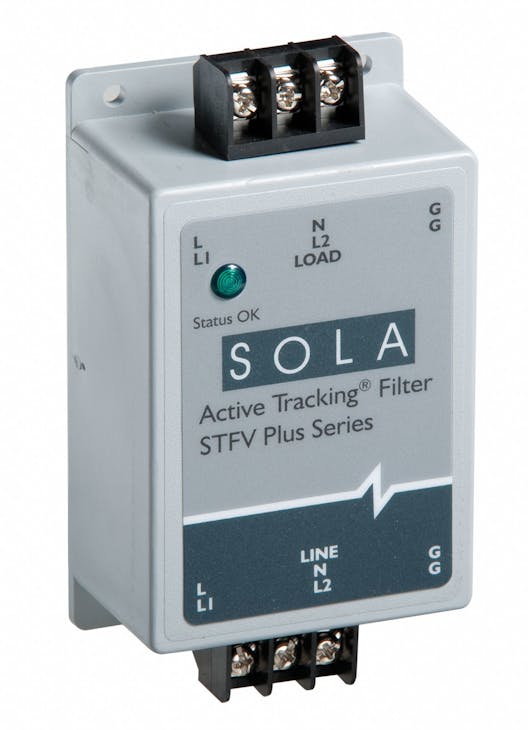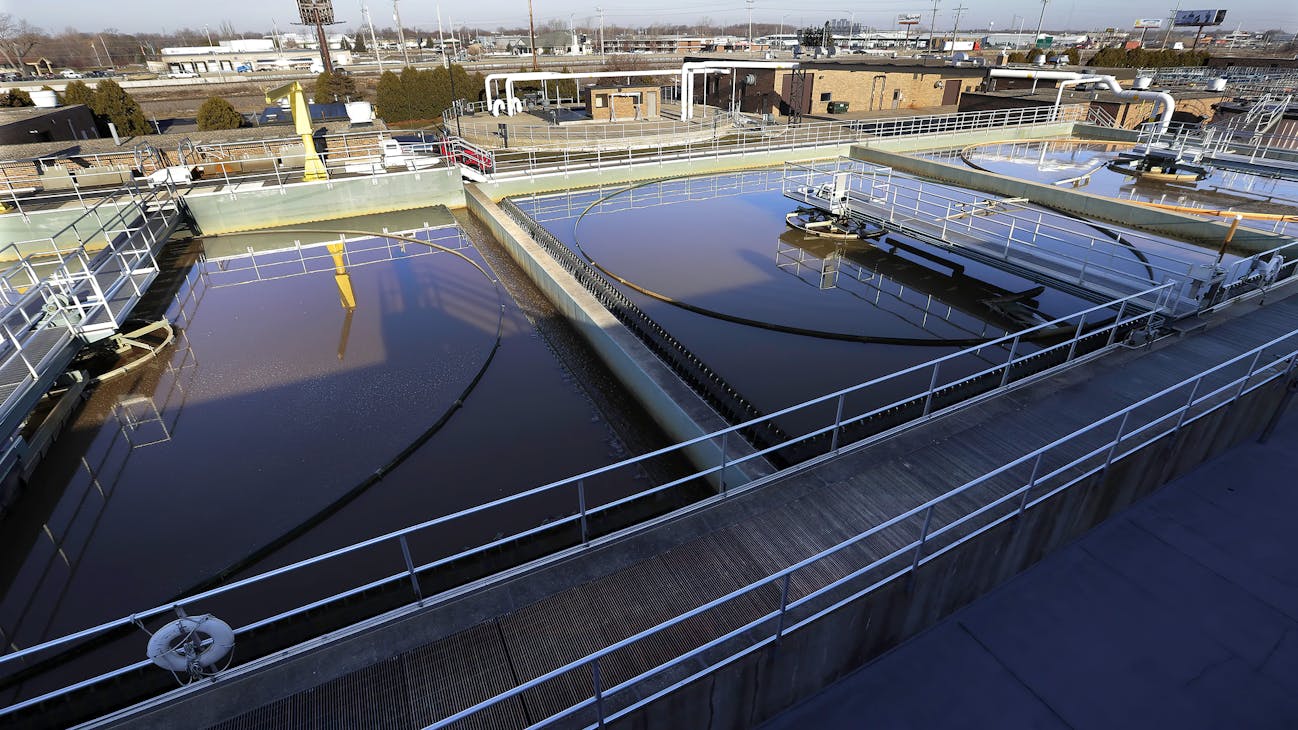America’s more than 14,500 water treatment plants (WTP) and wastewater treatment plants (WWTP) rely upon properly designed electrical distribution systems to supply clean, stable power. In this article, we will address power quality (PQ) as a first step in recognizing opportunities to improve operational reliability.
WTPs and WWTPs are some of the largest consumers of electrical power. Approximately 4% of U.S. electricity usage is linked to water treatment, corresponding to 30.2 billion kWh annually. From a strictly monetary standpoint, it makes sense to adopt a strict PQ policy because it allows a WTP or WWTP to dramatically cut operational costs. From a sustainability perspective, PQ translates into a smaller carbon footprint, along with fewer incidents requiring the discharge of wastewater into streams and lakes. PQ is key for continuous, safe, cost-effective, and sustainable treatment services throughout a plant’s lifetime.
Power Quality Problems in WWTPs
PQ refers to power characteristics, or more specifically, the measured quality of current and voltage using criteria like frequency, symmetry, frequency, and magnitude. Desired characteristics are clean sinusoidal waveforms free of harmonics, sags, swells, unbalances, or fluctuations.
First, let’s discuss harmonic distortions. Variable speed drives (VFDs) have made WTP and WWTPs highly vulnerable to their damage. For instance, compressors are frequently paired with VFDs to maximize efficiency, yet VFDs create harmonic distortions on both their input and output side. Besides VFDs, other low- and high-power nonlinear switching loads, like computers, power controllers, servers, telecom equipment, and switched-mode power supplies, force conductors to carry currents at frequencies other than 60 hertz. Low harmonic frequencies (e.g. 180, 300, or 420 hertz) are caused by low-frequency distorted currents and phase-shifted currents. High harmonic frequencies (between 1 and 3 kHz) are caused by switching of high currents in high-power, nonlinear electronically switched loads.
This problem is growing progressively worse as the power levels of electronic switching power supplies continue to increase, and more high-power electronic switching-based equipment is added to electrical systems. Another harmonics phenomenon, line notching, is caused by the switching of current rectifiers in DC motor drives, motor starters and power supplies. Line notching can produce high frequency harmonics destructive to capacitor banks and electronics.
Besides harmonics, WTPs and WWTPs are highly vulnerable to voltage sags (undervoltage) brought about by large loads coming online. Sags last at least one half cycle but can endure for up to several cycles. In severe cases of more than a 15% sag, PLCs and PCs crash and other equipment may abruptly shut down. These same issues can occur because of a voltage swell. The opposite of a voltage sag, swells are caused by large loads going offline or by a lightning strike, resulting in a sudden massive increase in voltage. In cases of more than a 10% swell, sensitive components may be damaged, and system lock-up or failure can corrupt valuable operational data.
And then there is noise. When small motors are started they are not likely to cause any major problems for the equipment itself. However, switching noise occurs and produces rapid voltage variations whenever equipment is turned on or off using electrical contactors. This noise will affect the sensitive equipment controlling and monitoring processing equipment.
Yet another problem is a compromised grounding network. Common in aging electrical systems, a compromised grounding network will permit leakage current to travel paths not engineered to act as grounds (i.e., building structure, piping, sensor wiring) because the mechanical joints of conduit and rigid pipe have become less capable of maintaining low-impedance ground paths. Compromised plant grounding systems with high impedance that provide a “clearing house” for disturbance currents are incapable of supporting nonlinear switching loads. Such grounding systems cannot dissipate and expel harmful low and high frequency disturbance currents into the Earth ground, leaving them available to create high-differential transient voltages, which cause damage to machines.
The average WTP and WWTP is 25 years old. Older electrical systems can be compromised by thermally hardened electrical conductors, overloaded circuits, and loose connections in electrical panels. The EPA recommends that WTP and WWTP electrical systems be replaced every 15 to 20 years.
Mitigation Solutions
Eighty percent of electrical disturbances that cause poor power quality originate internally. Severe weather, utility fault clearing, power line accidents and other external network issues like grid switching or power-factor correction capacitors represent the remaining 20%. External disturbances generate spikes or interruptions that can instantly damage equipment. Worst of all, these incidents are completely unpredictable and beyond anyone’s control. Due to the numerous sources and types of power disturbances, maintaining PQ effectively requires a multi-tiered approach outlined below.
Harmonics Mitigation
Transformers are a primary means to address harmonics. Transformers are designed for variable speed motor drive applications where a transformer is needed to magnetically isolate the motor drive from the main plant power. When large drives are used, equipment-level protection is recommended. Drive isolation and k-factor transformers perform three basic functions: voltage change, reduction of drive-induced ground currents, and reduction of common-mode noise, whether they are being used with DC drives or variable-frequency AC drives.
Drive isolation transformers must be able to withstand the heat of non-linear loads. They offer extra advantages over reactors since their wye-connected secondary can be grounded. A k-factor transformer features higher magnetic to resistive properties than standard transformers to handle heat generated by harmonic currents. K-factor transformers are sized appropriately to handle this additional heat and are tested to UL 1561 rigid standards.
A power conditioner is an additional means of harmonics mitigation. It is used for harmonic correction by recreating a smooth, pure sinewave. It also maintains a constant voltage against spikes and sags, while providing electrical isolation.
Voltage Sags (Undervoltage) Mitigation
Uninterruptable power supply (UPS) and power conditioners will protect critical process systems against voltage sags. Only industrial-grade UPS should be specified in WTPs and WWTPs due to wide temperature extremes, humidity, and moisture. Voltage regulators and power supplies with sag immunity also provide protection.
Voltage Swells (Surge) Mitigation
Surge protection devices (SPD) or “suppressors” can be installed at the service entrance, branch panels or dedicated sensitive electronic loads. When voltage surges or spikes, the SPD diverts the extra electricity into the grounding wire. Power is effectively short-circuited to ground for transient pulses exceeding the threshold, while the flow of normal current is unaffected.
Mitigating Lightning Strikes
WTPs and WWTPs are built on large, exposed surface areas in isolated locations, and are equipped with vast amounts of metal and electronic equipment, making them “sitting ducks” when it comes to lightning strikes. Most equipment failures at these facilities are reported during or shortly after electrical storms, indicating that these problems stem from poor surge protection. Overvoltage from lightning directly impacts instrumentation, communications, and sensitive gauges, meters, and PLCs.
SPDs alone are not a replacement for a comprehensive lightning protection system, per UL96A Master Lightning Certification. Also consult NFPA 780, “Standard for the Installation of Lightning Protection Systems” (United States) and BS EN (European Norm)/IEC (International Electrotechnical Commission) 62305 “Protection Against Lightning” that informs the standards for lighting protection globally.
Mitigating Noise
In general, noise is a more serious problem on signal and data circuits because these circuits operate at faster speeds with low voltage levels. A power filter provides clean AC power by eliminating lower voltage noise, therefore keeping equipment safe and functioning efficiently.
Corrosion
Aggressive chemicals and gases, combined with the constant presence of moisture, create a highly corrosive environment. Exposure to corrosive elements prematurely deteriorates unprotected devices, forcing frequent repairs and replacements. Given these circumstances, devices in treatment plants must be specifically engineered to resist corrosion, as well as extreme temperatures, humidity, shock, and vibration.
Cascading Protection
Power quality throughout a treatment facility requires more than a single PQ device located at the service entrance. Depending on the size of the plant, proper protection may require dozens of devices strategically located throughout the electrical distribution system. Installing PQ devices at all levels of the electrical distribution system is known as cascading (or layering), or as IEEE (Institute of Electrical and Electronics Engineers) refers to it, Protection in Depth. The closer to the service entrance, the more robust the device should be rated.
Conclusion
Given the sensitivity of today’s processing equipment, WTP and WWTP managers must take the proper steps to ensure continuous, reliable power quality before malfunctions and delays occur. If malfunctions are already taking place, this should be taken as a clear indicator that poor power quality is in a plant’s electrical system. Additionally, plants with outdated electrical systems or those who are looking to upgrade, should consult with PQ experts so that the devices they incorporate offer the optimal protection. With improved mitigation devices, a plant’s profitability and performance will be protected for years to come.


